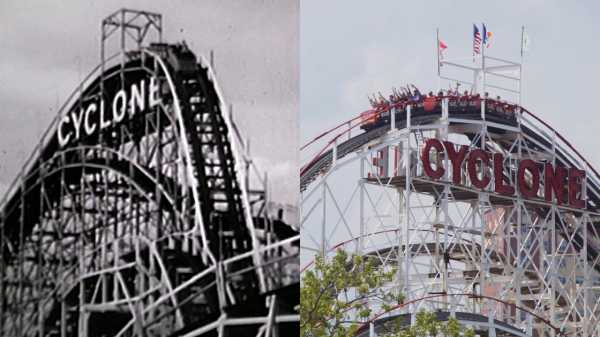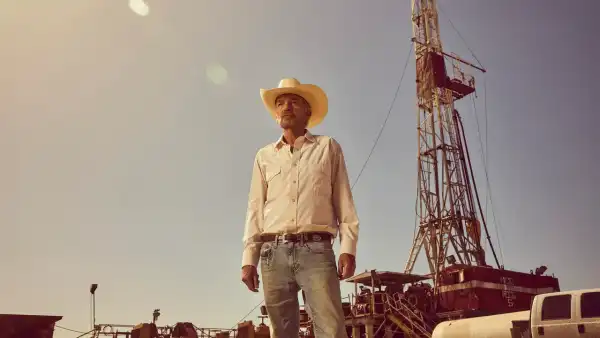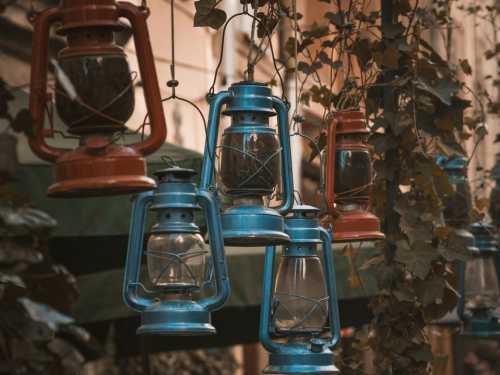
Coney Island—home to the Cyclone, a wooden roller coaster that, this year, celebrates its ninety-first birthday, and a hot-dog shop eleven years its senior—is an amusement park steeped in the past. Hundreds of thousands of visitors roam its sandy, renovated boardwalk, enjoy cotton candy and sideshows, and admire the defunct two-hundred-and-fifty-foot Parachute Jump that stands sentry over the Brooklyn Cyclones’ minor-league baseball stadium.
At the turn of the twentieth century, Coney Island—then a genuine island and a popular Gilded Age resort—saw the rise of three rival amusement parks. Steeplechase, Luna Park, and Dreamland competed for vast tides of day-trippers until, one by one, they succumbed to fire, a pair of fires, and the development interest of President Trump’s father, Fred. At the height of its popularity, before the Second World War, Coney Island boasted even denser crowds than today, transforming the boardwalk into a continuous, fedora-topped sea.
Despite the blazes, bulldozing, and renovations of the intervening decades, many parallels remain between the Coney Island of past and present. The Cyclone still dispatches its cars by a giant wooden brake lever, and bruises passengers on the same hairpin turns. Less has changed than one might think among the frenzied, disco-lit Eldorado Auto Skooter bumper cars, where even the timid and frugal can enjoy heady blasts of A.C. through the metal grille. Nathan’s Famous, which opened in 1916, offers visitors a sampling of the iconic hot dogs and buns that, each July 4th, are competitively consumed en masse. First-time visitors should be warned against proceeding directly from lunch to any of the “eccentric” cars on the Wonder Wheel, though some traditionalists claim that they’re much slower than they used to be.
In the latest installation in our “Then and Now” series, The New Yorker invites you to take a look at the transformations and continuities of Coney Island and trace the changes of a site situated firmly in history, in the national imagination, and at the end of the F, D, N, and Q subway lines.
Sourse: newyorker.com






